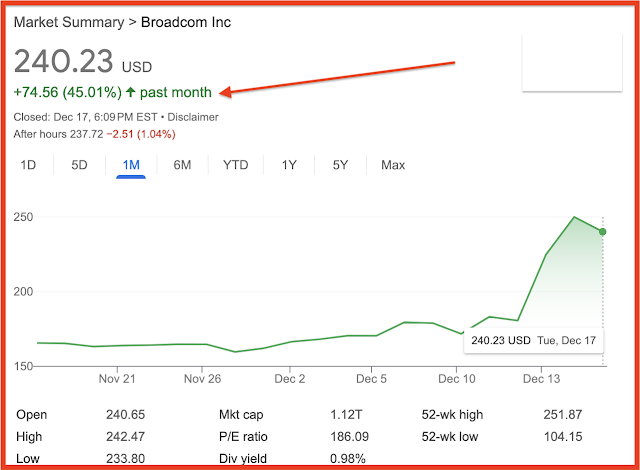Locator: 44479CONSTITUTION.
I don't follow politics as closely as some, but I'm getting a kick out of the current political situation.
Imagine if you are the incoming president and you know you have only four years to get things done.
You know how a president's initiatives can be thwarted and delayed through any number of means.
Already some political leaders are taking steps to "Trump-proof" their cities and states. California's governor Newsom may be the poster child for such efforts.
It may be a good time to learn a bit more about the National Emergencies Act (link to wiki here) enacted on September 14, 1976.
Just for starters, some might argue that a national debt of $36 trillion is a national emergency.
Some might argue that with the rise of large data centers, the national electricity grid has become a national emergency.
Infrastructure? Highways? A national emergency? Perhaps.
Shipping? The Jones Act? A national emergency? Perhaps.
Oil pipelines? Alaska? Keystone XL? National emergencies? Perhaps.
And that's just a start.
From wiki:
Powers available under this Act are limited to the 136 emergency powers Congress has defined by law.
Seems more than enough to get the ball -- or balls -- rolling.
*******************************
The Book Page
From a book review of the book, The Claremont Review of Books, Fall 2024, p. 59. On line here. "The Great Miscalculation," Christopher Flannery.
In A Hell of a Storm: The Battle for Kansas, the End of Compromise, and the Coming of the Civil War, David S. Brown identifies 1854 as the moment when “Jefferson’s southern-oriented, plantation-based, and Democratic Party-powered America” began to give way to what would become “Lincoln’s northern-oriented, factory-based, and Republican Party-powered America.”
This great transformation had “everything to do” with the Kansas-Nebraska Act, introduced on January 4, 1854, by Illinois Democratic senator Stephen A. Douglas and—after months of contention in the Senate and House, and in the public prints and public squares—signed into law by Democratic President Franklin Pierce on May 30, 1854. Brown calls it “the most lethal piece of legislation to ever clear Congress.” He follows a long line of historians in holding that the act put the nation “irreparably on the road to Civil War.” Its key explosive ingredient was the repeal of the Missouri Compromise of 1820’s prohibition of slavery in the Louisiana Territory north of 36° 30’. As Harry V. Jaffa wrote in Crisis of the House Divided (1959), that repeal, coupled with Lincoln’s opposition to it, was an “absolute sine qua non of the advent of the Civil War.”
“Bleeding Kansas”—the localized civil war between pro- and anti-slavery settlers in the Kansas territory between 1854 and the start of full-blown Civil War—was a direct result of this catastrophic legislation. Other results came on fast and hard: John Brown’s Pottawatomie massacre (part of Bleeding Kansas) and his later raid at Harpers Ferry; the collapse of the party system, the disappearance of the Whig Party, and the rise of the Republican Party; the infamous Dred Scott decision; and the breakdown of the “once sacred system” of historic compromises that had held the Union together for 80 years. All “owed something small or large” to the “decisions made on slavery and territorial development during the fateful Kansas-Nebraska debates,” writes Brown.
Most fatefully—I say this with slightly more emphasis than Brown does—the repeal of the Missouri Compromise “aroused” Abraham Lincoln and brought him back into politics. The Peoria speech Lincoln delivered in October 1854, in direct response to Douglas’s legislation, was of a sort he had never delivered before. As Jaffa wrote in these pages, “it marked the first and fullest elaboration of the political, rhetorical, and philosophical strategy that he would pursue to the end of the decade and, indeed, to the end of his life” (“Lincoln in Peoria,” Fall 2009).
*********************************
A Musical Interlude
Wow, I simply "love" this singer.
From google:
Although it was the "original" that haunted me for years, I would rather listen to Lana Del Rey's cover.
I had probably just experienced the most intense three months of my life up to that point in my life, and even at age 73, that summer may still be the most intense, most complicated three months of my life. I was on my way home, late August, via West Virginia, late summer, 1971. John Denver's Take Me Home Country Roads was the hit song that summer, released in the spring of 1971. I was torn between staying on the east coast and returning home to the Dakotas. I really had no choice, but it was incredibly difficult. To this day, I wonder how it would have been had I taken the other fork in that road.













